Deep Vein Thrombosis (DVT) is a serious condition where blood clots form in deep veins, typically in the legs. These clots can cause significant health issues if not treated promptly, potentially leading to life-threatening complications like pulmonary embolism. Vascular surgery at The Vascular and Endovascular Clinic offers effective treatments for deep vein thrombosis, including compression therapy.
This article will explore compression therapy in detail, discussing its effectiveness and techniques used in managing DVT. We will also highlight the importance of recognising signs of deep vein thrombosis and understanding how blood vessel conditions can impact overall vascular health. Our aim is to provide a comprehensive overview that empowers patients and their families to make informed decisions about their care.
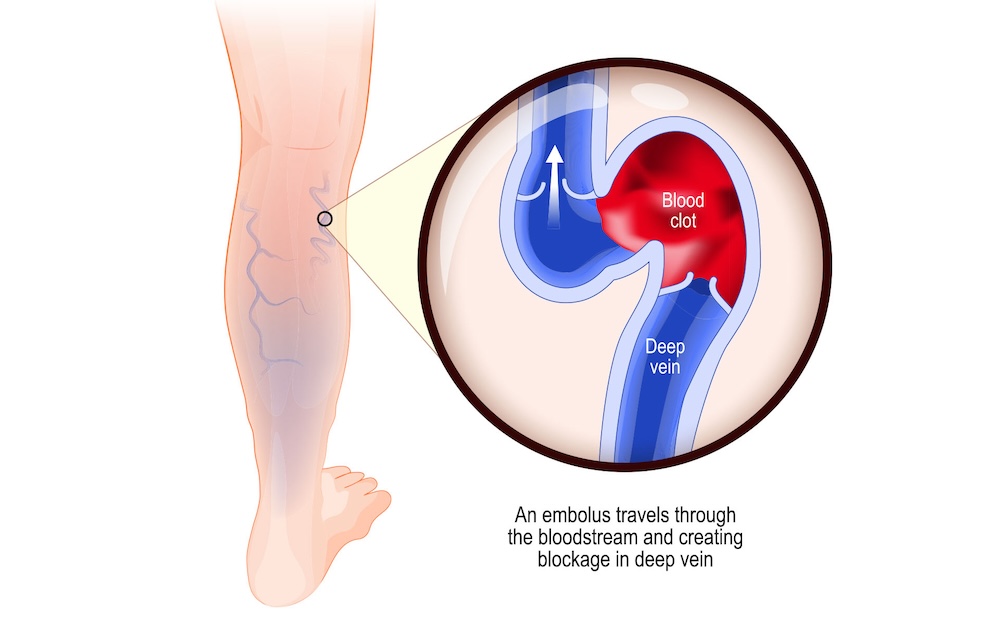
Who Is at Risk of Deep Vein Thrombosis
Deep vein thrombosis can affect anyone, but certain groups are at higher risk.
- Individuals who are bedridden or immobile for extended periods, such as after surgery or during long flights.
- Individuals with a family history of blood vessel conditions, such as varicose veins or previous instances of DVT.
Other risk factors include obesity, smoking, pregnancy, and the use of certain medications like hormone replacement therapy or birth control pills. Recognising these risks and taking preventive measures can reduce the likelihood of developing DVT.
What Are the Signs and Symptoms of Deep Vein Thrombosis
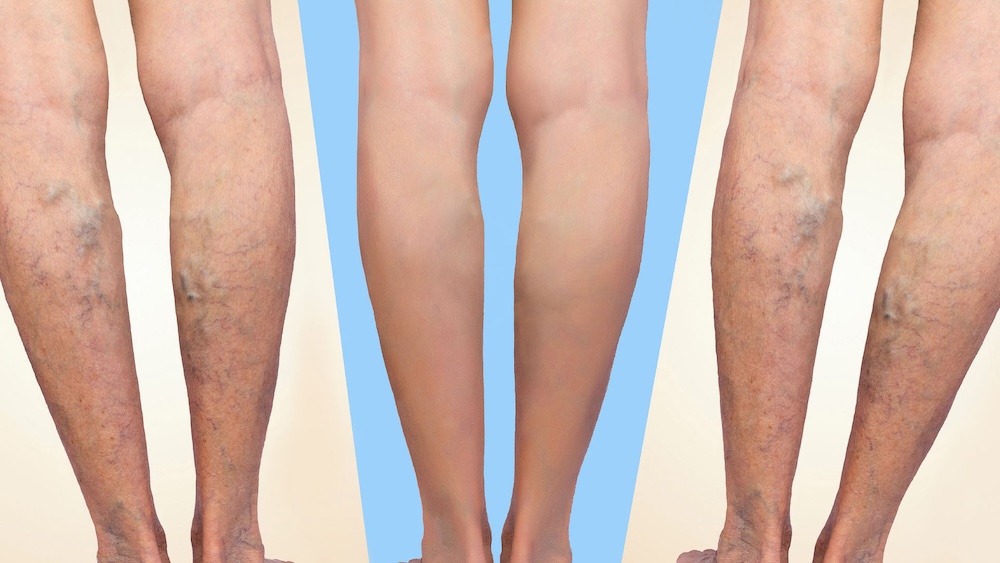
- Swelling in one or both legs
- Pain or tenderness in the leg, often starting in the calf
- Warmth in the affected area
- Red or discolored skin on the leg
- Visible veins
In some cases, DVT may be asymptomatic, making it even more important to be aware of risk factors and seek regular medical check-ups. If you experience these symptoms, especially if they appear suddenly, it is crucial to seek medical attention immediately to reduce the risk of complications such as pulmonary embolism.
The Vascular and Endovascular Clinic’s Approach to Compression Therapy for DVT
Compression therapy plays a crucial role in managing Deep Vein Thrombosis (DVT) by applying graduated pressure to the legs.
This pressure helps to:

- Improve blood flow: Compression squeezes the veins, promoting blood flow back towards the heart and reducing pooling in the legs.
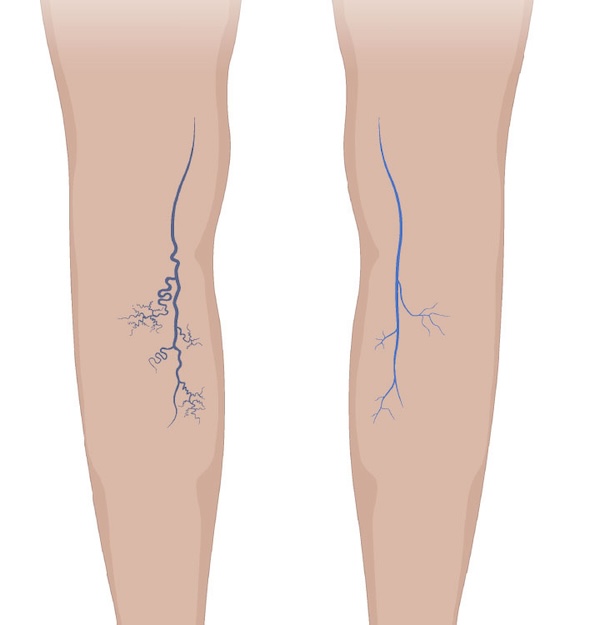
- Reduce vein diameter: The pressure keeps the veins from enlarging, which can worsen blood flow and increase the risk of clot formation.

- Minimise swelling: Compression reduces oedema (swelling) that can occur in the affected leg due to DVT.
Compression Stockings for Deep Vein Thrombosis
At the Vascular and Endovascular Clinic, we prioritise the use of compression stockings as an integral part of our approach to managing Deep Vein Thrombosis (DVT).

Here’s how we ensure optimal effectiveness and comfort for our patients:
- Fitting is Crucial: Compression stockings must be properly fitted by our vascular specialists to maximise their effectiveness and ensure comfort. Our doctors meticulously measure your leg circumference at various points to ensure the stockings apply the correct pressure gradient.
The fit should be strongest at the ankle and gradually decreasing towards the knee or thigh. - Types of Stockings: We offer a range of compression stockings in various lengths, including knee-high, thigh-high, or pantyhose. The choice of length depends on the location of the DVT clot and your specific needs.
- Compression Levels: Stockings are categorised based on their compression levels, measured in millimeters of mercury (mmHg).
For preventive measures, mild compression (15-20 mmHg) is typically recommended for high-risk individuals, such as those recovering from surgery or on long flights. For established DVT, moderate to firm compression (20-30 mmHg or 30-40 mmHg) helps improve blood flow and reduce swelling. - Wearing Schedule: Our doctors prescribe a specific duration for wearing compression stockings each day, often for several months or longer depending on the severity of your DVT. This regimen is crucial for managing symptoms and preventing complications.
Additional Considerations

- Skin Care: We emphasise the importance of maintaining good skin hygiene while wearing compression stockings to prevent irritation or infection.
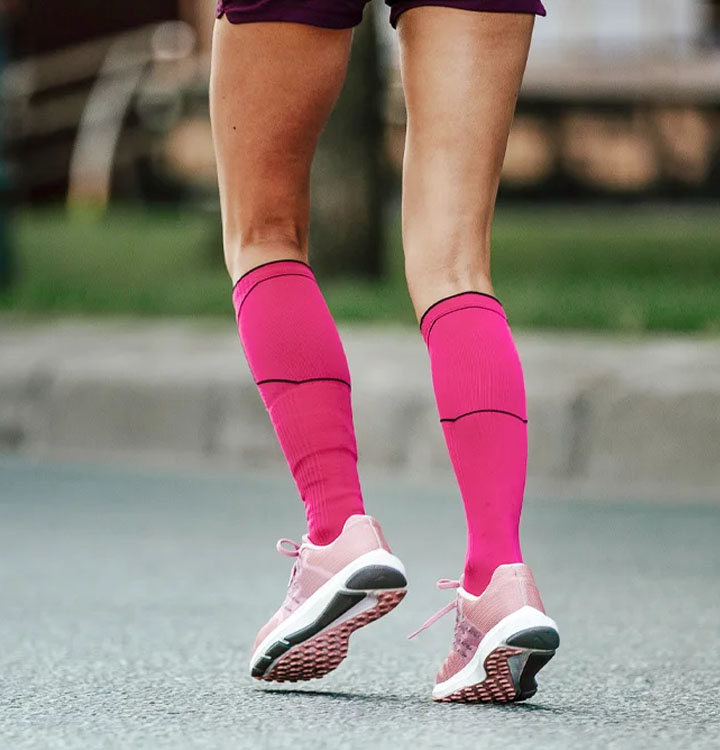
- Activity: Compression therapy should complement your daily activities and other DVT treatments without restricting normal movement.

- Follow-up: Regular follow-up appointments with our vascular specialists are essential to monitor your progress and adjust your compression therapy plan as needed.
When to Use Compression Therapy

Compression therapy should be initiated as soon as DVT is diagnosed and continued as recommended by our vascular specialists. It is also beneficial for individuals at high risk of developing DVT, such as those with prolonged immobility or a history of blood vessel conditions. Compression garments are often worn during long periods of sitting or standing, and during recovery from surgery to prevent clot formation.
Regular follow-up appointments are necessary to monitor the effectiveness of the therapy and make necessary adjustments. Patients should be educated on the importance of adherence to compression therapy and be aware of the signs of potential complications, such as increased pain or changes in skin color.
The Role of Compression Therapy in DVT Treatment
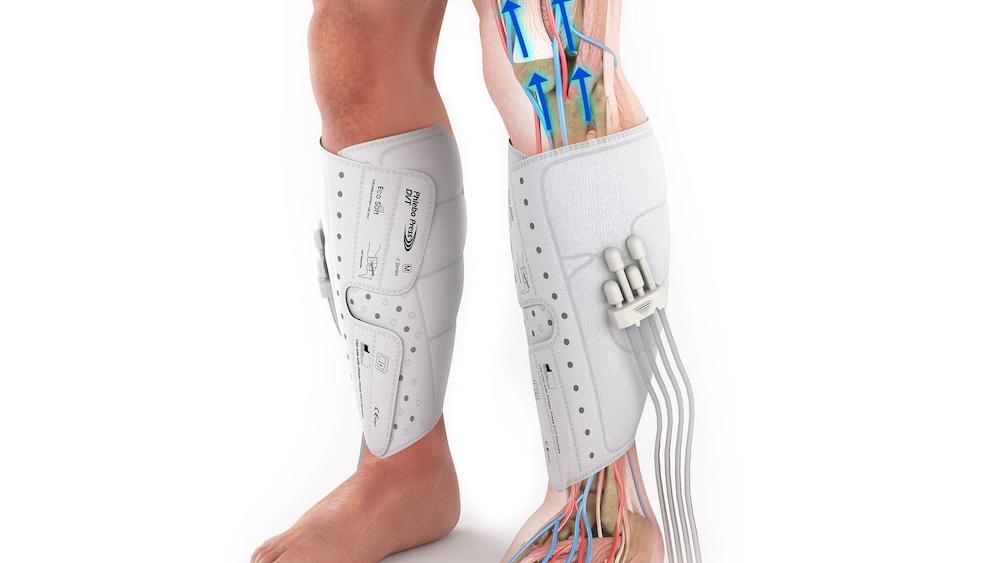
Understanding and implementing compression therapy is vital in the management and prevention of deep vein thrombosis. At the Vascular and Endovascular Clinic, we are dedicated to providing personalised care and effective treatments for deep vein thrombosis, ensuring our patients receive optimal health outcomes. By utilising compression therapy and addressing underlying blood vessel conditions, we empower our patients to take control of their vascular health.
Schedule a consultation with our specialists today to learn more about how compression therapy can benefit you.







